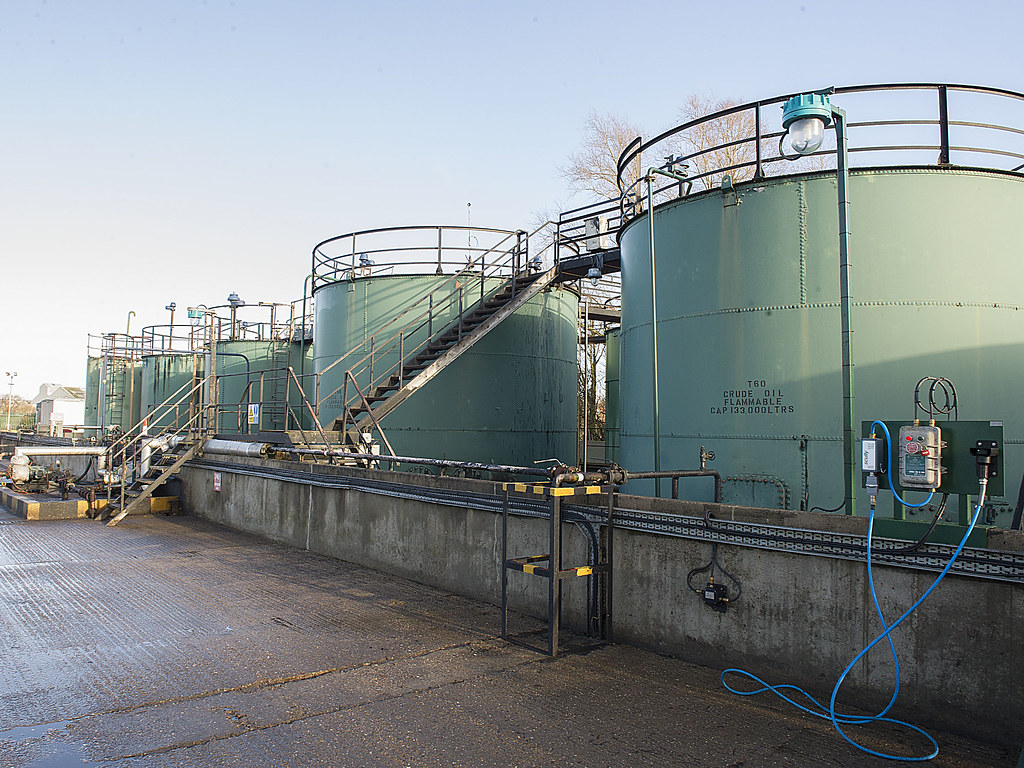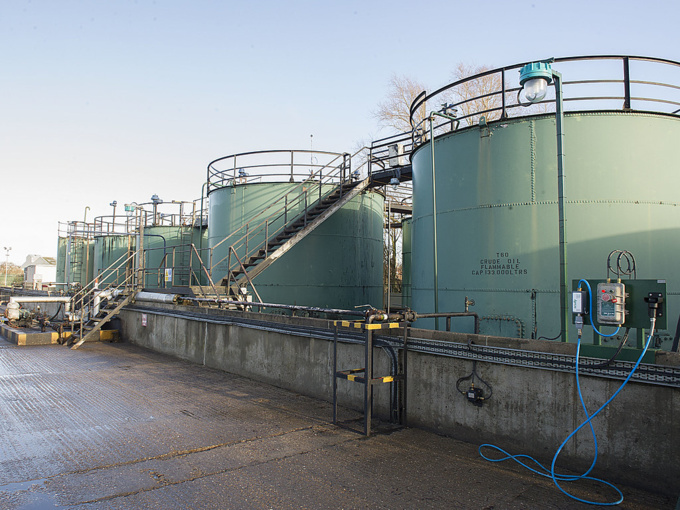According to results of the first three quarters of this year, global demand for crude oil decreased by 0.3 million barrels per day (bpd) year-on-year. For the first time since 2009, and a recession may be recorded for a total of four quarters of this year, although insignificant - at 90 thousand bpd, the IEA said in a November report. At the same time, an increase in total demand (also taking into account condensates) is expected to reach 1 million bpd this year and 1.2 million bpd next year (these estimates have not been changed). In the third quarter of this year, the indicator grew by 1.1 million bpd (the increase amounted to $ 435 thousand bpd in the second), including China provided $ 640 thousand bpd of this increase. In the fourth quarter, growth may accelerate to 1.9 million bpd, the IEA expects.
In October, the oil supply rose immediately by 1.5 million bpd against the backdrop of the return of normal production volumes in Saudi Arabia, as well as an increase in supplies from Norway, Canada and the United States.
At OPEC, production, which has been declining over the past few months, has grown by 1.06 million bpd to 29.91 million bpd. Compared to a year ago, production in all countries fell by 1.2 million bpd, while at OPEC - by 2.5 million bpd (up to 29.9 million bpd). Next year, production outside OPEC should grow to 2.3 million bpd (from 1.8 million bpd in this), the agency predicts. At the same time, OPEC oil demand in 2020 is expected to be at a lower level - 28.9 million bpd (1 million bpd less than in 2019).
Despite the increase in deliveries, production of participants in the deal to limit production is still lower than that specified in the agreement (the deal was completed by 115% in October).
Saudi Arabia increased its deliveries the most - plus 1.4 million bpd, but in general, in the OPEC countries excluding Iran, Venezuela and Libya, the deal still amounted to 149% (Iraq and Nigeria did not comply with large manufacturers).
Moreover, according to IEA calculations, the production restriction, first agreed in the fourth quarter of 2016, still brings significant benefits to cartel participants: the daily income from the sale of energy is $ 1.9 billion per day, which is $ 350 million more than at the end of 2016 (and the volume of deliveries is lower by almost 3 million bpd).
source: iea.org
In October, the oil supply rose immediately by 1.5 million bpd against the backdrop of the return of normal production volumes in Saudi Arabia, as well as an increase in supplies from Norway, Canada and the United States.
At OPEC, production, which has been declining over the past few months, has grown by 1.06 million bpd to 29.91 million bpd. Compared to a year ago, production in all countries fell by 1.2 million bpd, while at OPEC - by 2.5 million bpd (up to 29.9 million bpd). Next year, production outside OPEC should grow to 2.3 million bpd (from 1.8 million bpd in this), the agency predicts. At the same time, OPEC oil demand in 2020 is expected to be at a lower level - 28.9 million bpd (1 million bpd less than in 2019).
Despite the increase in deliveries, production of participants in the deal to limit production is still lower than that specified in the agreement (the deal was completed by 115% in October).
Saudi Arabia increased its deliveries the most - plus 1.4 million bpd, but in general, in the OPEC countries excluding Iran, Venezuela and Libya, the deal still amounted to 149% (Iraq and Nigeria did not comply with large manufacturers).
Moreover, according to IEA calculations, the production restriction, first agreed in the fourth quarter of 2016, still brings significant benefits to cartel participants: the daily income from the sale of energy is $ 1.9 billion per day, which is $ 350 million more than at the end of 2016 (and the volume of deliveries is lower by almost 3 million bpd).
source: iea.org



















